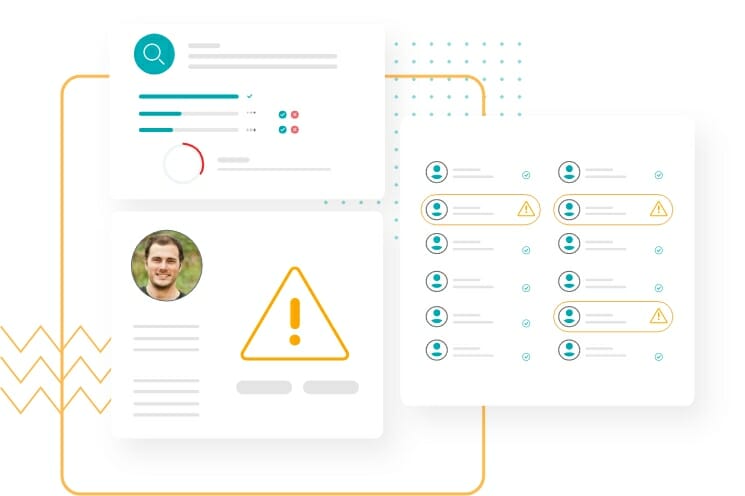Healthcare institutions across the US face a humongous burden apart from the unexpected influx of Covid19 patients in each pandemic wave. Many hospitals are plagued by economic setbacks and bad debts, especially Medicaid coverage.
There are several challenges in optimizing a hospital’s revenue cycle management.
Checking the eligibility of every patient walking through the door is difficult, let alone continuously monitoring for retroactive coverage.
Missing eligibility and retroactive coverage prevent hospitals from recovering entitled revenue, leaving them drowning in debts. Fortunately, CoverMe’s HPE Medicaid speeds up determining a person’s eligibility. It also provides a channel to apply for coverage and improves access to Medicaid.
Here we explore the most common reasons for missed health insurance coverage for hospitals and ways to mitigate them to increase your hospital’s revenue.
Why do people miss health insurance coverage? Blame it on reasons such as:
According to insurance experts, these are the three of the most common sources of missed coverage:
1. Medicaid as a secondary payer
The Affordable Care Act and the Medical Expansion have made it possible for patients to have more than one insurance provider. If a patient is insured by Medicaid and another insurance provider, Medicaid will always be the secondary payer. Even so, Medicaid represents valuable fee-for-service and cost report revenue.
As the secondary payer, Medicaid can also:
2. Self-pay
When a patient does not disclose their insurance coverage at the point of service or shows up with no insurance coverage, they are considered self-pay. Most uncompensated care occurs in such cases, so it is a good place to begin looking for missed coverage. Also, self-pay accounts represent 60% of hidden coverage, which makes sense.
3. Coordination of benefits
Coordination of benefits comes into prominence in scenarios when patients have more than one insurance plan, usually Medicaid and another commercial insurance.
In such cases, it is important to identify the primary and secondary payers for the claim to be properly paid. Not identifying the primary payer could be a costly mistake, especially when filing deadlines come into play. Therefore, it is important to identify potential benefits coordination opportunities as early as possible.
Missing out on crucial revenue could lead to irreversible financial damage for healthcare organizations, especially in this pandemic where the cash-flow shortage is becoming more common.
It is possible to recover revenue from internal processes in many cases. Nevertheless, teaming with an experienced healthcare coverage marketplace like CoverMe can be very beneficial.

With the help of experts, you can:
That said, maintaining a healthy revenue management cycle is no walk in the park. Healthcare organizations across the US are facing surmounting hurdles such as:
Two key factors to remember when assessing your missed coverage revenue are:
Revenue recovery will be a complicated process if you do not know how to bill the payer without the details of their insurance status. It is, therefore, important to address these issues and keep your revenue inflow steady.
Hospitals are fast embracing the automation of Revenue Cycle Management (RCM) and moving away from error-prone, time-consuming manual processes. By leveraging state-of-the-art digital technology, insurance eligibility processes are simplified, and revenue is streamlined.
Automation has become a necessity rather than a luxury with increasingly complex insurance rules and payer regulations. Technology allows you to identify insured patients commonly classified as “self-pay” and those under “self-pay” whose coverage is missed.
Automated RCM also allows you to:
Maximize Your Reimbursements With CoverMe
It’s critical to maximize your insurance reimbursements to provide quality care to your communities. With automation, the reimbursements are higher, faster, and the cost-to-collect is a fraction of what it costs to collect self-pay dollars.
CoverMe’s AI-driven technology uncovers forgotten HPE-Medicaid coverage and every payment opportunity, even in complex cases. You can also harness proprietary data sources, demographic validation, and historical information to identify previously unknown coverage. Contact us to get customized insurance discovery solutions from CoverMe.